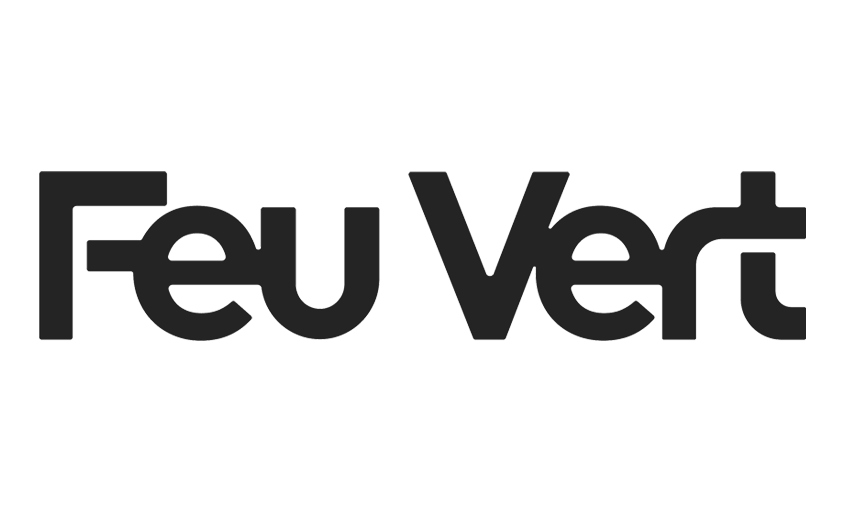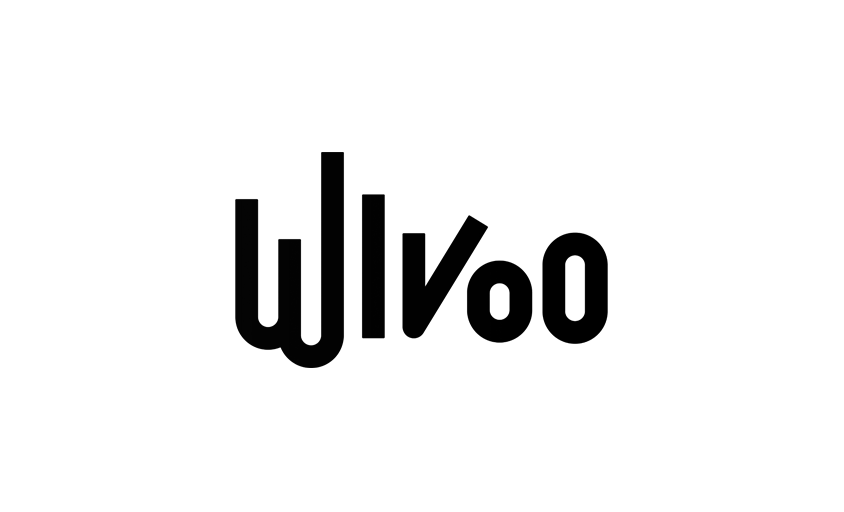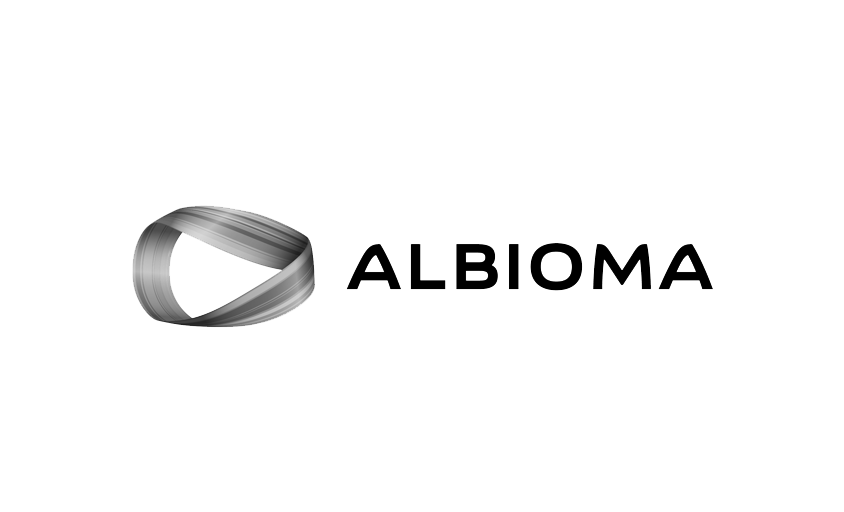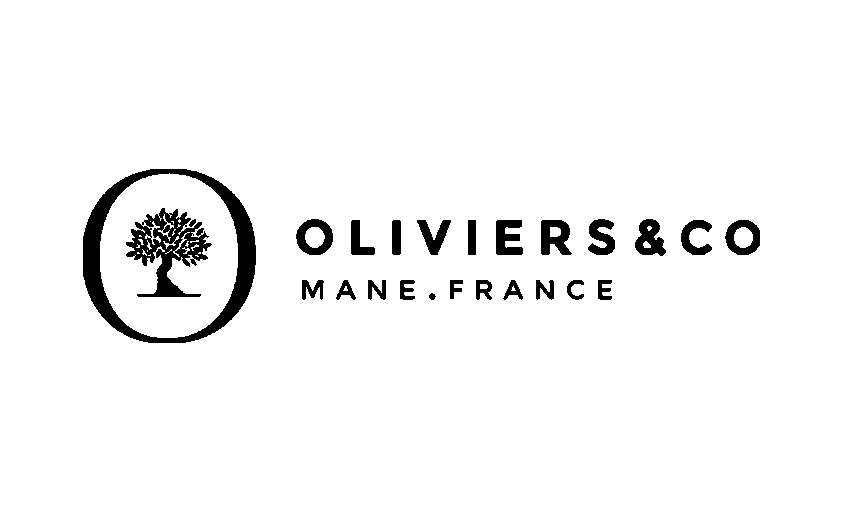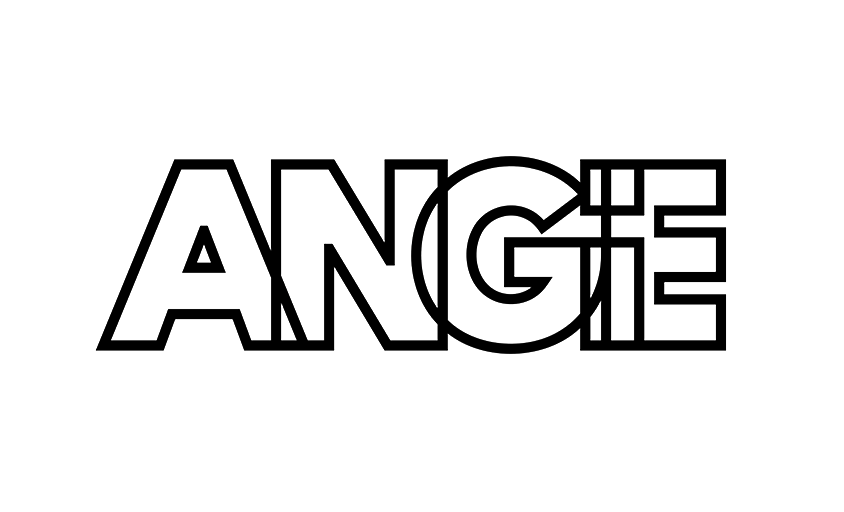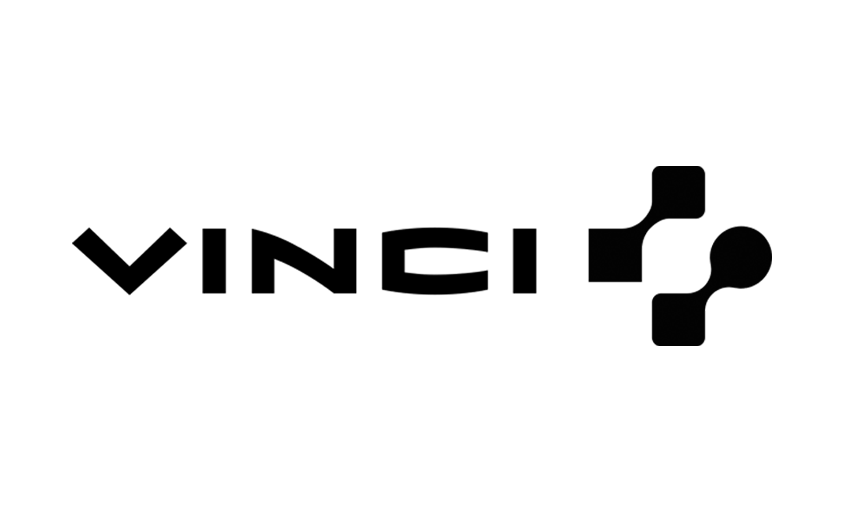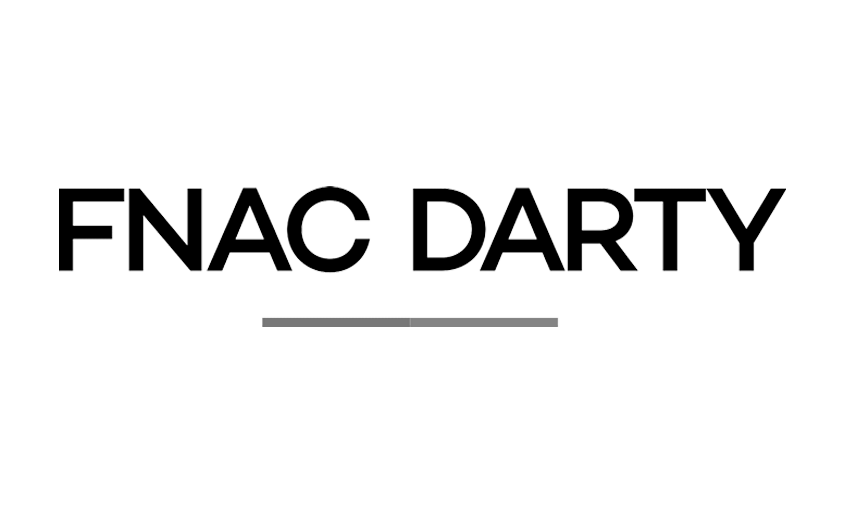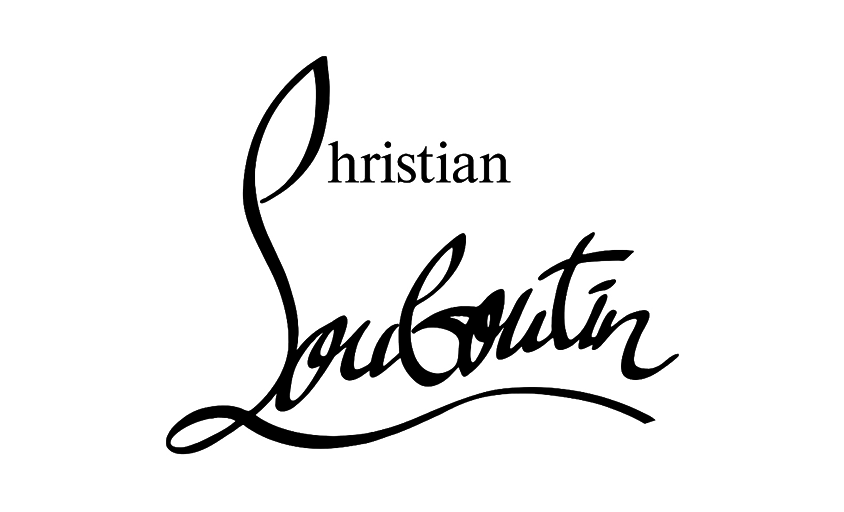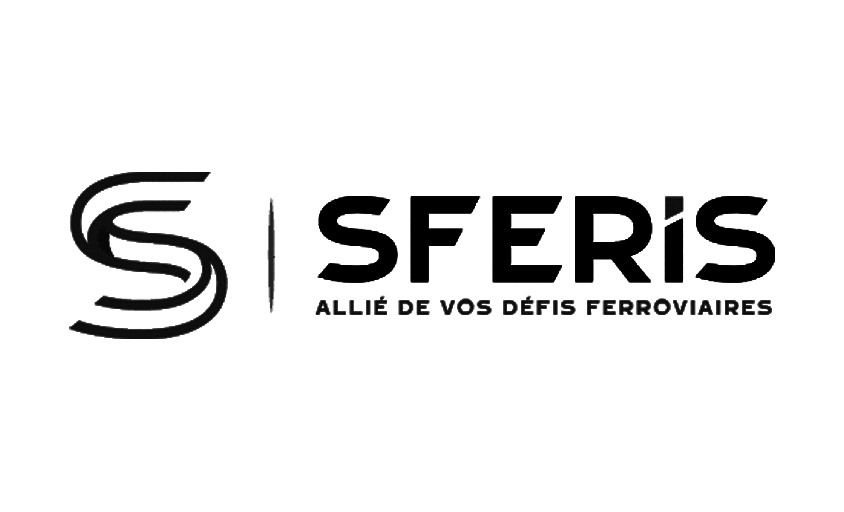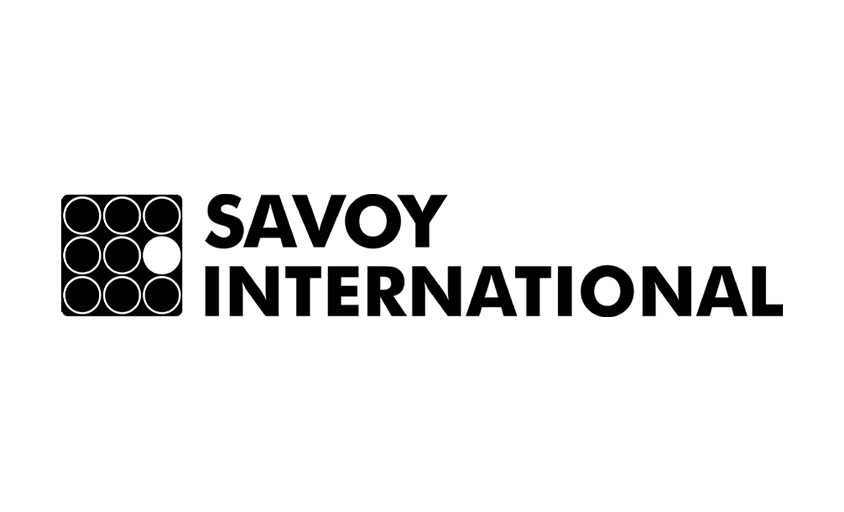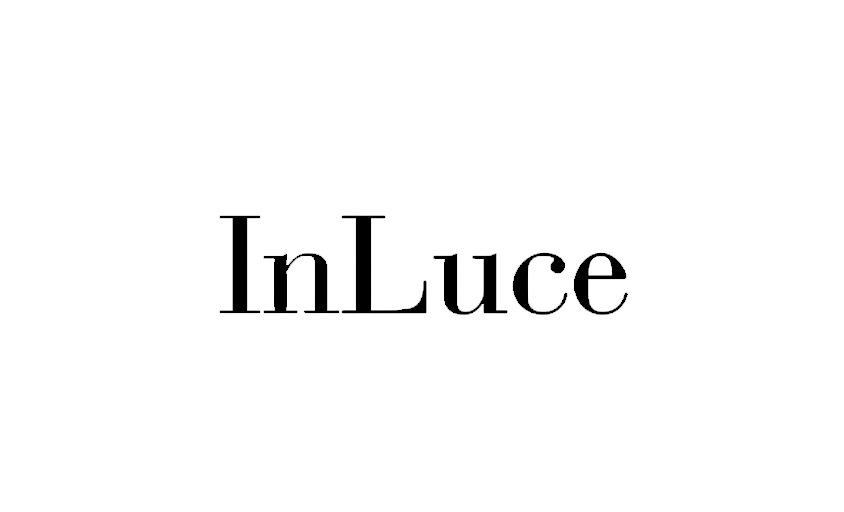The Art Director: The Visual Architect of a Creative Project
In this article :
The art director is a visionary creator in photography, advertising, film, publishing, and many other creative industries. They are responsible for the overall aesthetic of a project, ensuring that every visual element (colors, typography, photography, illustration) is in perfect harmony with the intended message. In a photoshoot, this profession is key to guiding the creative team so the final product reflects the vision of the client or brand.
This article explores the role of the art director in a photographic project, their responsibilities, required skills, and their impact on the final image.
1. What Is an Art Director?
The art director is the professional in charge of the visual identity of a project. In photography, they work closely with the photographer, stylist, set designer, and other team members to ensure that all visual elements align with the client’s creative vision.
The art director oversees the choice of colors, lighting, textures, set design, and overall image composition. Their goal is to create a cohesive visual atmosphere that supports the image’s message and enhances the product, model, or subject being photographed.
2. The Responsibilities of an Art Director
Creating the Visual Identity
One of the main responsibilities of the art director is to define a project’s visual identity. Whether it’s a fashion shoot, corporate portrait, or advertising campaign, the art director ensures that all visual elements match the brand’s image or the intended message. This often involves creating moodboards, defining dominant colors, and selecting materials or textures that reflect the project’s vision.
Leading the Creative Team
The art director supervises and guides the creative team throughout the production process. They maintain close communication with the photographer, stylist, set designer, and sometimes even the makeup artist and hair stylist to ensure that everyone follows the original vision. They may also oversee the entire visual production, including post-production, to ensure that the final image is consistent with the concept.
Creating Visual Concepts
The art director is often behind the visual concepts used in photographic campaigns. They may develop innovative ideas, slogans, and unique visual elements that set the project apart and attract the target audience. In collaboration with the photographer and client, they create impactful visuals that convey the desired message.
Project Supervision from Start to Finish
An art director doesn’t just design the image, they also oversee the project from start to finish. From the initial brainstorming session to the final delivery, they ensure that everything stays true to the original vision, supervising each step of the creative process, selecting final visuals, and overseeing adjustments during post-production.
3. Skills Required to Become an Art Director
Creativity and Artistic Vision
An art director must possess boundless creativity and be able to define an overarching artistic vision that can be translated into concrete visual concepts. The ability to think differently and imagine unique visual solutions is essential.
Proficiency with Graphic Design Tools
An art director should be comfortable using graphic design tools such as Adobe Photoshop, Illustrator, and other design software. They should also be skilled in video editing and image retouching tools, as these are often necessary for managing a complete visual project.
Project Management Skills
An art director must have strong project management skills. They supervise the entire creative team and must be able to meet deadlines and stay within budget while maintaining high quality. They also need to handle unforeseen issues and find creative solutions.
Excellent Communication Skills
An art director must be an excellent communicator, capable of clearly explaining ideas to the team, the client, and other stakeholders. They must provide constructive feedback and collaborate effectively with various creative professionals.
4. The Art Director in a Photography Project
In a photoshoot, the role of the art director is particularly important because the image must reflect the client’s vision while meeting technical requirements. They define the mood of the session, help choose the shoot location, guide lighting and set decisions, and ensure that wardrobe, makeup, and hair are in harmony with the overall aesthetic.
At Rétines, our art directors work hand in hand with the photographer, stylist, and the rest of the team to ensure visual consistency and produce high-quality images. Whether it’s for a product advertising campaign or a fashion shoot, we are committed to creating visuals that make a lasting impression and tell a compelling story through each image.
5. How to Become an Art Director
Education and Specialized Training
There are many programs that lead to a career as an art director. Design, applied arts, and advertising schools offer specialized training. These programs teach the fundamentals of visual design, animation, and visual communication.
Professional Experience
The path to becoming an art director often begins with experience as a graphic designer, assistant art director, or within creative agencies. Working on projects as an assistant helps build the practical experience needed to grow into the art director role.
Networking and Portfolio Development
Networking is essential in this industry. Attending events, collaborating on creative projects, and building a strong portfolio are crucial steps to becoming known and landing contracts in the photography or advertising sectors.
Conclusion
The art director is a visionary creator and a key figure in the photography world. With their ability to orchestrate all visual elements of a project, they transform ideas into tangible images that capture attention and convey meaning. At Rétines, we know that a good art director makes all the difference, and we work closely with ours to deliver images that exceed our clients’ expectations.
Jérémy Carlo is the editorial director at Rétines, where he ensures the consistency and clarity of all content produced by the studio.
Our Clients
Let’s discuss
What we do for you at Rétines
Meticulous work, an organised project and fast delivery. And to achieve this, we mobilise the right resources in our teams at the right time.
01
Pre-production
Artistic and technical direction tailored to the project.
Relevant recommendations on content, form and resources.
02
Photo Shooting
Photos taken by our experienced photographers.
Production that’s controlled, efficient and tailored to the needs of the project, with nothing superfluous.
03
Retouching
Technique
Photographs magnified by our retouching team.
Post-production to meet the commercial challenges of the brief.

